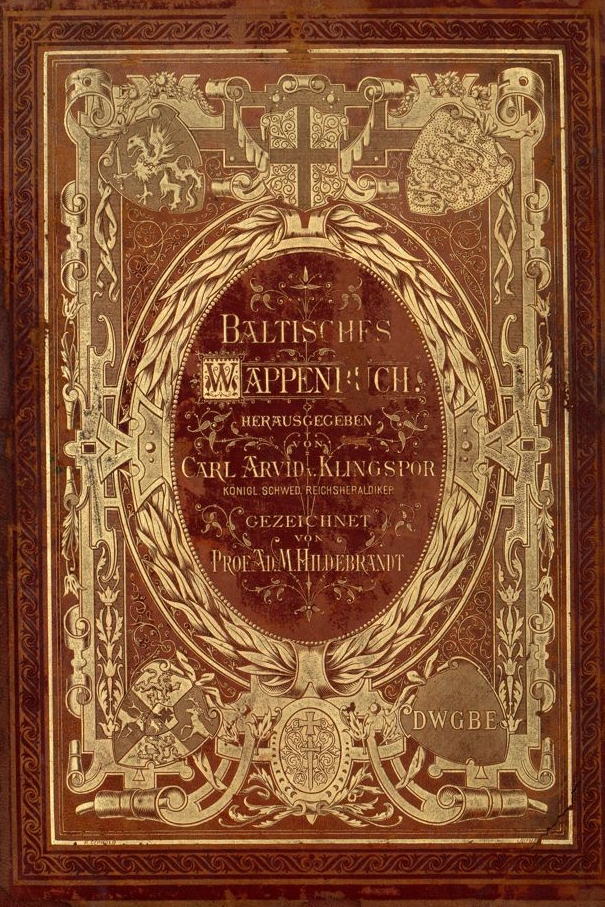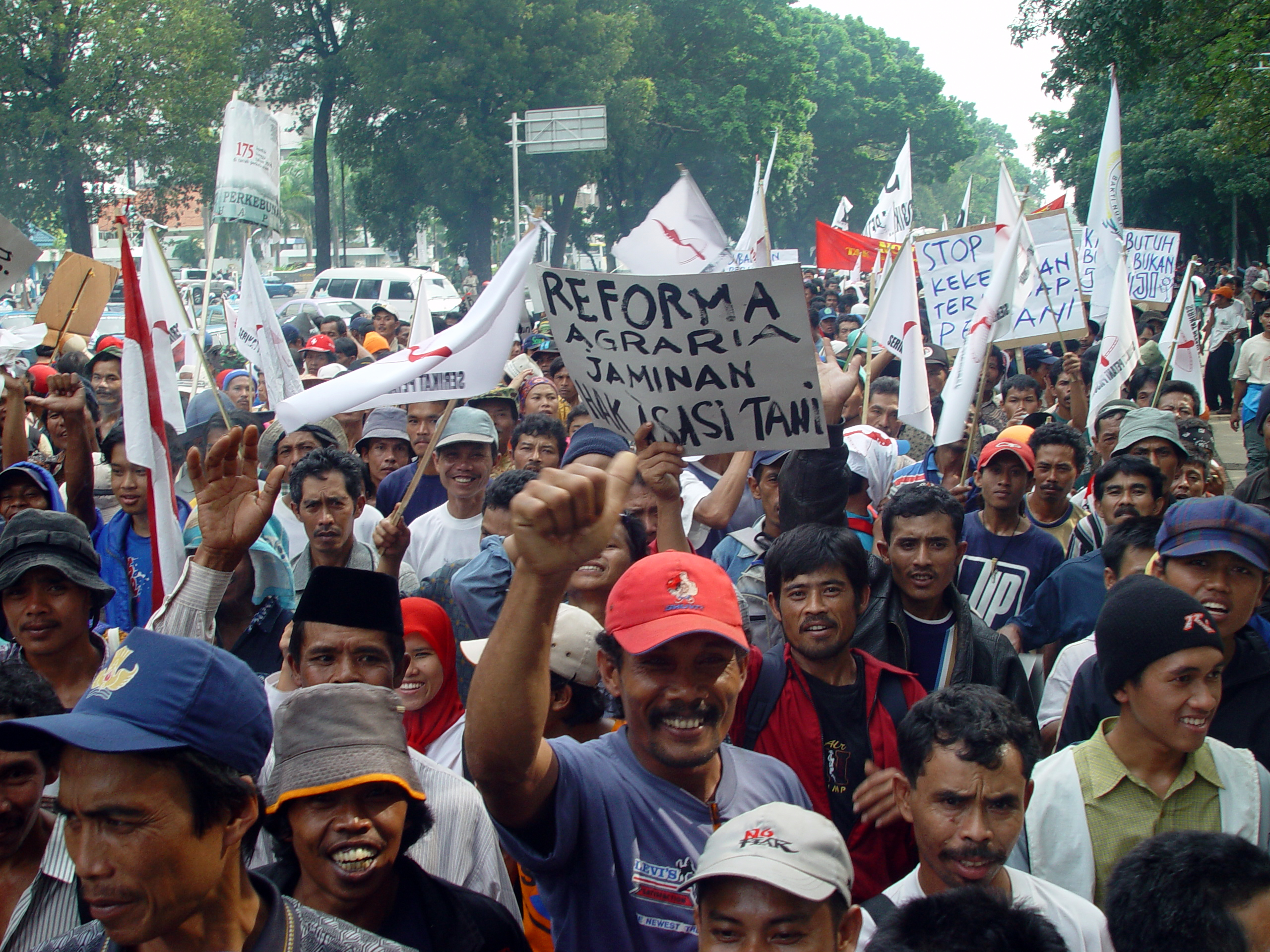|
Lahmuse
Lahmuse is a village in Põhja-Sakala Parish, Viljandi County, Estonia. Lahmuse manor Lahmuse estate (german: Lachmes) dates from at least 1593, when it belonged to the Trojanowski family. It subsequently belonged to different local aristocrats until the land reform following Estonia's declaration of independence in 1919. The main building today houses the village school, while the preserved outbuildings are private property. The main building dates from 1837-1838 and displays a style of neoclassicism Neoclassicism (also spelled Neo-classicism) was a Western cultural movement in the decorative and visual arts, literature, theatre, music, and architecture that drew inspiration from the art and culture of classical antiquity. Neoclassicism was ... that is typical for manor houses in the area from about the same time. See also * List of palaces and manor houses in Estonia References Villages in Viljandi County Kreis Fellin {{Viljandi-geo-stub ... [...More Info...] [...Related Items...] OR: [Wikipedia] [Google] [Baidu] |
List Of Palaces And Manor Houses In Estonia
This is the List of palaces and manor houses in Estonia. This list does not include castles, which are listed in a separate article. As there are at least 400 manor houses in Estonia, this list is incomplete. Palaces and manor houses in Estonia See also *Baltic nobility *Baltic Germans *List of palaces and manor houses in Latvia *List of palaces and manor houses in Lithuania * List of castles *List of castles in Estonia * List of castles in Latvia * List of castles in Lithuania *List of summer manors in Estonia Additional information References Sources * External links {{Commons category, Palaces in Estonia Estonian Manors PortalEstonian Manor AssociationManor Houses & Castles at VisitEstonia Palaces and manor houses Estonia Estonia, formally the Republic of Estonia, is a country by the Baltic Sea in Northern Europe. It is bordered to the north by the Gulf of Finland across from Finland, to the west by the sea across from Sweden, to the south by Latvia, ... [...More Info...] [...Related Items...] OR: [Wikipedia] [Google] [Baidu] |
Põhja-Sakala Parish
Põhja-Sakala Parish ( et, Põhja-Sakala vald) is a rural municipality in Viljandi County.http://www.pohja-sakala.ee/ (accessed 7 March 2020) Settlements ;Towns Suure-Jaani, Võhma ;Boroughs Kõpu, Olustvere ;Villages Aimla, Ängi, Arjadi, Arjassaare, Arussaare, Epra, Iia, Ilbaku, Ivaski, Jälevere, Jaska, Kabila, Kangrussaare, Kärevere, Karjasoo, Kerita, Kibaru, Kildu, Kirivere, Kobruvere, Kõidama, Koksvere, Kõo, Kootsi, Kuhjavere, Kuiavere, Kuninga, Kurnuvere, Laane, Lahmuse, Lemmakõnnu, Lõhavere, Loopre, Maalasti, Mäeküla, Metsküla, Mudiste, Munsi, Navesti, Nuutre, Paaksima, Paelama, Paenasti, Pilistvere, Punaküla, Põhjaka, Päraküla, Rääka, Reegoldi, Riiassaare, Sandra, Saviaugu, Seruküla, Soomevere, Supsi, Sürgavere, Tääksi, Taevere, Tällevere, Tipu, Uia, Ülde, Unakvere, Vanaveski, Vastemõisa, Venevere, Vihi Vihi is a village in Põhja-Sakala Parish, Viljandi County in central Estonia Estonia, formally th ... [...More Info...] [...Related Items...] OR: [Wikipedia] [Google] [Baidu] |
Populated Places In Estonia
Populated places in Estonia Estonia, formally the Republic of Estonia, is a country by the Baltic Sea in Northern Europe. It is bordered to the north by the Gulf of Finland across from Finland, to the west by the sea across from Sweden, to the south by Latvia, and t ... (officially: settlement units), are cities or settlement units of rural municipalities, but only cities have administrative functions. Settlement units are divided into settlements and urban regions et, asum (subdivisions of cities). Officially there are five types of settlement units in Estonia: *town/city ( et, linn) *town without municipal status () *borough () *small borough () *village () See also * Municipalities of Estonia * List of cities and towns in Estonia * Counties of Estonia Notes External links Place Names Board of Estonia [...More Info...] [...Related Items...] OR: [Wikipedia] [Google] [Baidu] |
List Of Sovereign States
The following is a list providing an overview of sovereign states around the world with information on their status and recognition of their sovereignty. The 206 listed states can be divided into three categories based on membership within the United Nations System: 193 member states of the United Nations, UN member states, 2 United Nations General Assembly observers#Present non-member observers, UN General Assembly non-member observer states, and 11 other states. The ''sovereignty dispute'' column indicates states having undisputed sovereignty (188 states, of which there are 187 UN member states and 1 UN General Assembly non-member observer state), states having disputed sovereignty (16 states, of which there are 6 UN member states, 1 UN General Assembly non-member observer state, and 9 de facto states), and states having a political status of the Cook Islands and Niue, special political status (2 states, both in associated state, free association with New Zealand). Compi ... [...More Info...] [...Related Items...] OR: [Wikipedia] [Google] [Baidu] |
Counties Of Estonia
Counties ( et, maakond, plural ') are the first-level administrative subdivisions of Estonia. Estonian territory is composed of 15 counties, including 13 on the mainland and 2 on islands. The government (') of each county is led by a ' (governor) who represents the national government (') at the regional level. Governors are appointed by the national government for a term of five years. Each county is further divided into municipalities of two types: urban municipalities (towns, ') and rural municipalities (parishes, '). The number and name of the counties were not affected. However, their borders were changed by the administrative reform at the municipal elections Sunday 15 October 2017, which brought the number of municipalities down from 213 to 79. List Population figures as of 1 January 2021. The sum total of the figures in the table is 42,644 km2, of which the land area is 42,388 km2, so that 256 km2 of water is included in the figures. History In the fir ... [...More Info...] [...Related Items...] OR: [Wikipedia] [Google] [Baidu] |
Viljandimaa Lipp
Viljandi County ( et, Viljandi maakond or ''Viljandimaa''; german: Kreis Fellin) is one of 15 counties of Estonia. It is located in southern Estonia bordering Pärnu, Järva, Jõgeva, Tartu and Valga counties. History Viljandimaa, under the German name of ''Kreis Fellin'', was an important centre of commerce and power in the Middle Ages. Today, there are numerous castle ruins there dating from that time. Soomaa National Park is a national park located partially within Viljandi County, Estonia. Soomaa ("land of bogs") protects 390 km2, and is a Ramsar site of protected wetlands. The park was created in 1993. Retrieved 25 January 2016. County government The |
Viljandi County
Viljandi County ( et, Viljandi maakond or ''Viljandimaa''; german: Kreis Fellin) is one of 15 counties of Estonia. It is located in southern Estonia bordering Pärnu, Järva, Jõgeva, Tartu and Valga counties. History Viljandimaa, under the German name of ''Kreis Fellin'', was an important centre of commerce and power in the Middle Ages. Today, there are numerous castle ruins there dating from that time. Soomaa National Park is a national park located partially within Viljandi County, Estonia. Soomaa ("land of bogs") protects 390 km2, and is a Ramsar site of protected wetlands. The park was created in 1993. Retrieved 25 January 2016. County government The[...More Info...] [...Related Items...] OR: [Wikipedia] [Google] [Baidu] |
Municipalities Of Estonia
A municipality ( et, omavalitsus, plural ) is the smallest administrative subdivision of Estonia. Each municipality is a unit of self-government with its representative and executive bodies. The municipalities in Estonia cover the entire territory of the country. Municipalities in Estonia are of two types: *Urban municipalities or towns (, singular ) *Rural municipalities or parishes (, singular ). There is no other status distinction between them. Municipalities may contain one or several settlements. All but 5 urban municipalities ( Haapsalu, Narva-Jõesuu, Paide, Pärnu and Tartu) plus 1 rural municipality ( Ruhnu) contain only one settlement. As of 2017, there are no longer any "borough-parishes", i.e. rural municipalities with only one borough-type settlement. Ruhnu Parish contains only one village and is therefore a "village-parish". Some municipalities are divided into districts. The 8 urban districts (, singular ) of Tallinn have limited self-government, while ot ... [...More Info...] [...Related Items...] OR: [Wikipedia] [Google] [Baidu] |
Estonia
Estonia, formally the Republic of Estonia, is a country by the Baltic Sea in Northern Europe. It is bordered to the north by the Gulf of Finland across from Finland, to the west by the sea across from Sweden, to the south by Latvia, and to the east by Lake Peipus and Russia. The territory of Estonia consists of the mainland, the larger islands of Saaremaa and Hiiumaa, and over 2,200 other islands and islets on the eastern coast of the Baltic Sea, covering a total area of . The capital city Tallinn and Tartu are the two largest urban areas of the country. The Estonian language is the autochthonous and the official language of Estonia; it is the first language of the majority of its population, as well as the world's second most spoken Finnic language. The land of what is now modern Estonia has been inhabited by '' Homo sapiens'' since at least 9,000 BC. The medieval indigenous population of Estonia was one of the last "pagan" civilisations in Europe to adop ... [...More Info...] [...Related Items...] OR: [Wikipedia] [Google] [Baidu] |
Baltic Nobility
Baltic German nobility was a privileged social class in the territories of today's Estonia and Latvia. It existed continuously since the Northern Crusades and the medieval foundation of Terra Mariana. Most of the nobility were Baltic Germans, but with the changing political landscape over the centuries, Polish, Swedish and Russian families also became part of the nobility, just as Baltic German families re-settled in locations such as the Swedish and Russian Empires. The nobility of Lithuania is for historical, social and ethnic reasons separated from the German-dominated nobility of Estonia and Latvia. History This nobility was a source of officers and other servants to Swedish kings in the 16th and particularly 17th centuries, when Couronian, Estonian, Livonian and the Oeselian lands belonged to them. Subsequently Russian Tsars used Baltic nobles in all parts of local and national government. Latvia in particular was noted for its followers of Bolshevism and the latter ... [...More Info...] [...Related Items...] OR: [Wikipedia] [Google] [Baidu] |
Land Reform
Land reform is a form of agrarian reform involving the changing of laws, regulations, or customs regarding land ownership. Land reform may consist of a government-initiated or government-backed property redistribution, generally of agricultural land. Land reform can, therefore, refer to transfer of ownership from the more powerful to the less powerful, such as from a relatively small number of wealthy or noble owners with extensive land holdings (e.g., plantations, large ranches, or agribusiness plots) to individual ownership by those who work the land. Such transfers of ownership may be with or without compensation; compensation may vary from token amounts to the full value of the land. Land reform may also entail the transfer of land from individual ownership—even peasant ownership in smallholdings—to government-owned collective farms; it has also, in other times and places, referred to the exact opposite: division of government-owned collective farms into smallholdin ... [...More Info...] [...Related Items...] OR: [Wikipedia] [Google] [Baidu] |
Neoclassical Architecture
Neoclassical architecture is an architectural style produced by the Neoclassical movement that began in the mid-18th century in Italy and France. It became one of the most prominent architectural styles in the Western world. The prevailing styles of architecture in most of Europe for the previous two centuries, Renaissance architecture and Baroque architecture, already represented partial revivals of the Classical architecture of ancient Rome and (much less) ancient Greek architecture, but the Neoclassical movement aimed to strip away the excesses of Late Baroque and return to a purer and more authentic classical style, adapted to modern purposes. The development of archaeology and published accurate records of surviving classical buildings was crucial in the emergence of Neoclassical architecture. In many countries, there was an initial wave essentially drawing on Roman architecture, followed, from about the start of the 19th century, by a second wave of Greek Revival archi ... [...More Info...] [...Related Items...] OR: [Wikipedia] [Google] [Baidu] |






_-_facade_on_Piazza_dei_signori.jpg)